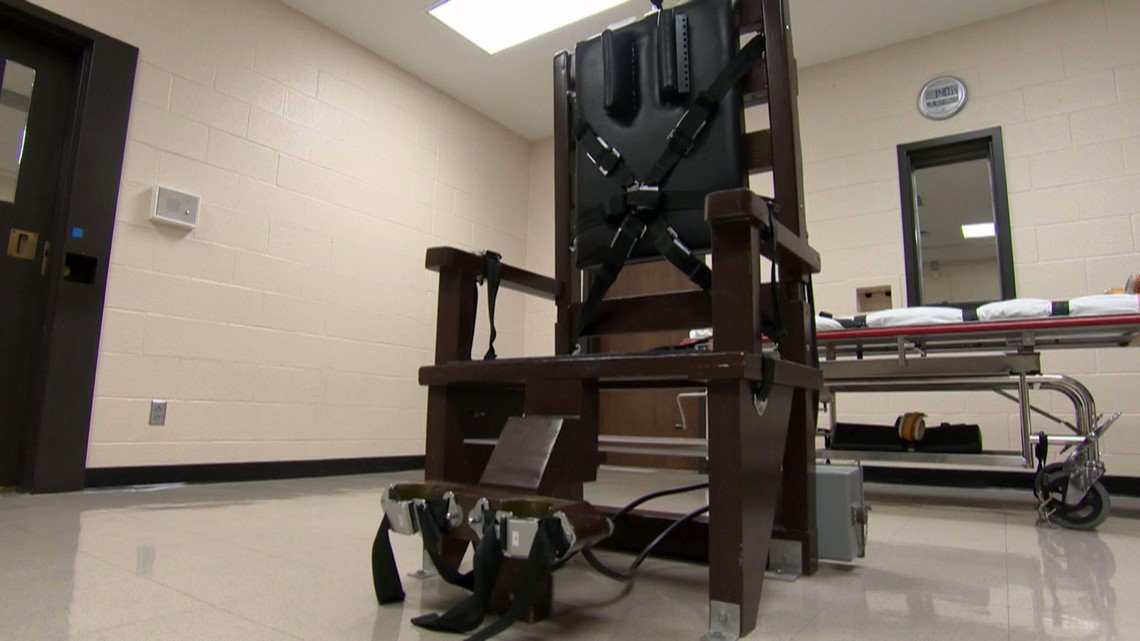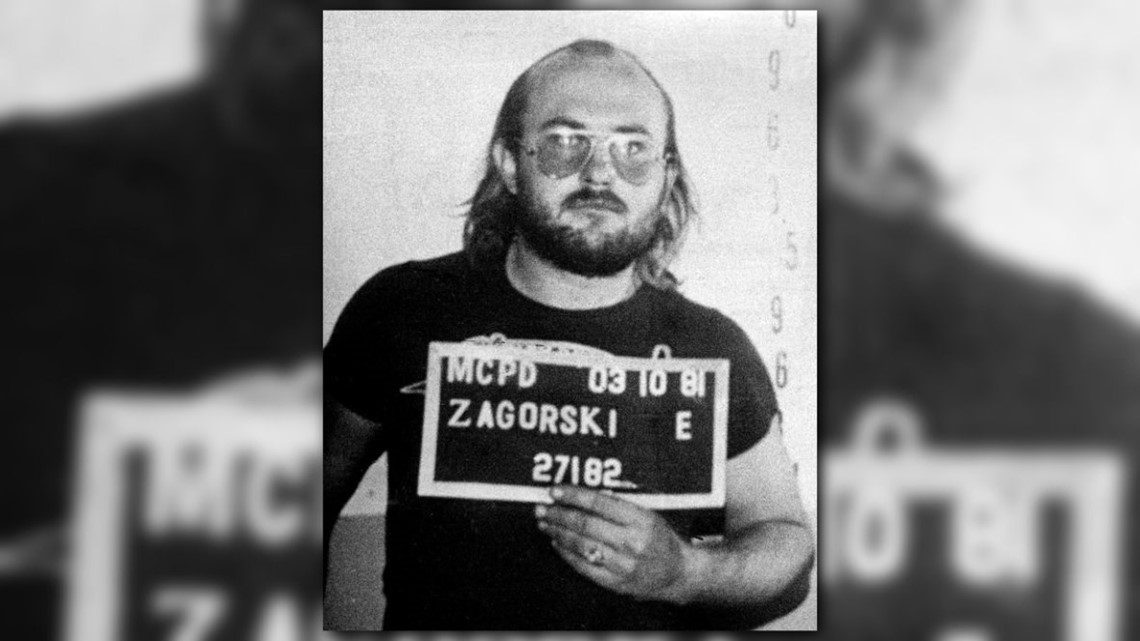Tennessee is scheduled to execute death row inmate Edmund Zagorski using the electric chair Nov. 1, the first time the chair has been used here in 11 years.
Gov. Bill Haslam delayed the execution to allow for more thorough preparation. According to the state's protocol for executions by electrocution, a wave of extra testing and staff training should take place before an execution.


Here's how the state will test the electric chair to make sure it is operational, according to the protocol provided by the Department of Correction.
- Staff will use a "Test Load Box" to determine if the proper voltage is flowing through the chair's electrical cables.
- After the load box is placed in the seat of the chair, staff will attach cables meant for an inmate's head and ankle to the box.
- Staff will activate the electric chair and run through the timed cycles of electric jolts — 20 seconds of 1,750 volts, a 15-second gap and then 15 more seconds of electricity.
According to the protocol, the electric chair should be tested quarterly, with an additional inspection and test "within two weeks before a scheduled electrocution."
Execution staff are required to participate in a class when they are added to the team, learning how to execute a death sentence by electrocution. They must run through the protocol for "at least" one hour quarterly, with additional training "within two weeks" of an execution.
Zagorski, 63, faces death for the April 1983 killings of John Dale Dotson and Jimmy Porter. He was convicted of shooting them, slitting their throats and stealing their money and a truck. The two men had expected to buy 100 pounds of marijuana from Zagorski.


State law allows death row inmates to choose the electric chair if their crime took place before 1999. Zagorski asked prison officials for the chair after the state's high court signed off on a controversial lethal injection drugs.
Zagorski and 31 other death row inmates had challenged the lethal injection drugs, saying they did not prevent inmates from feeling searing pain as they died.
"I do not want to be subjected to the torture of the current lethal injection method," Zagorski wrote in an affidavit requesting the electric chair.
Prison officials initially resisted the move, but said they would move forward with electrocution after Haslam's delay.
Reach Adam Tamburin at 615-726-5986 and atamburin@tennessean.com. Follow him on Twitter @tamburintweets.

